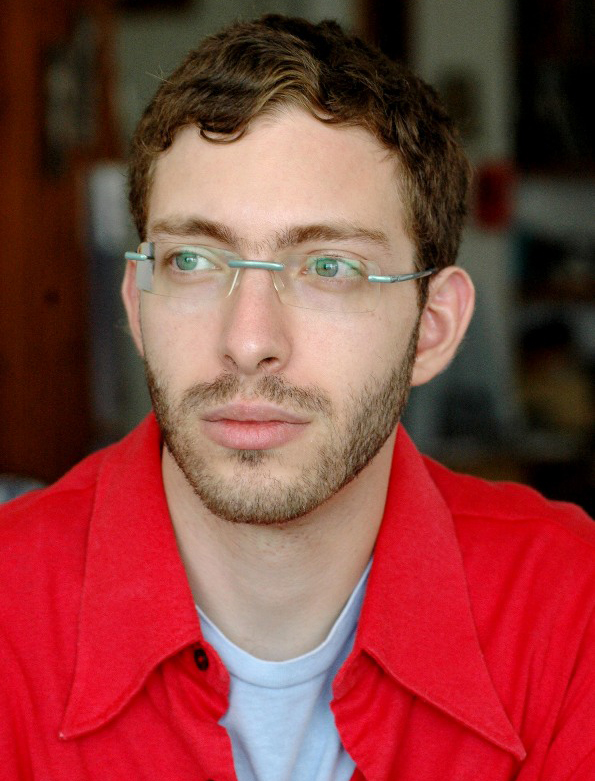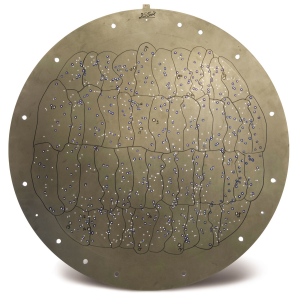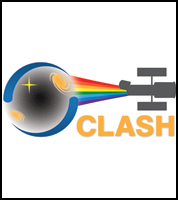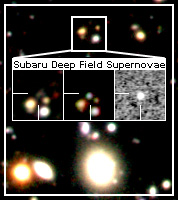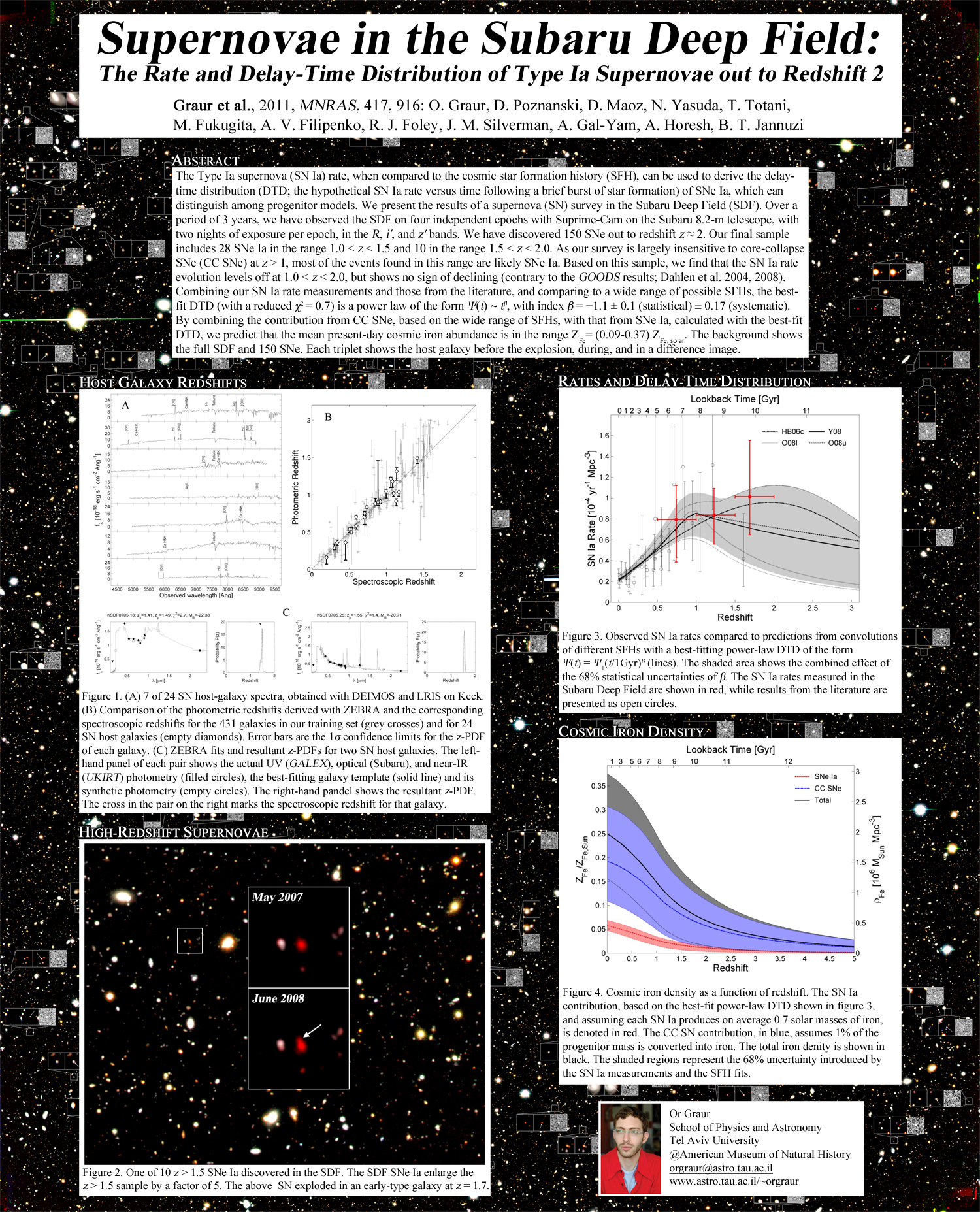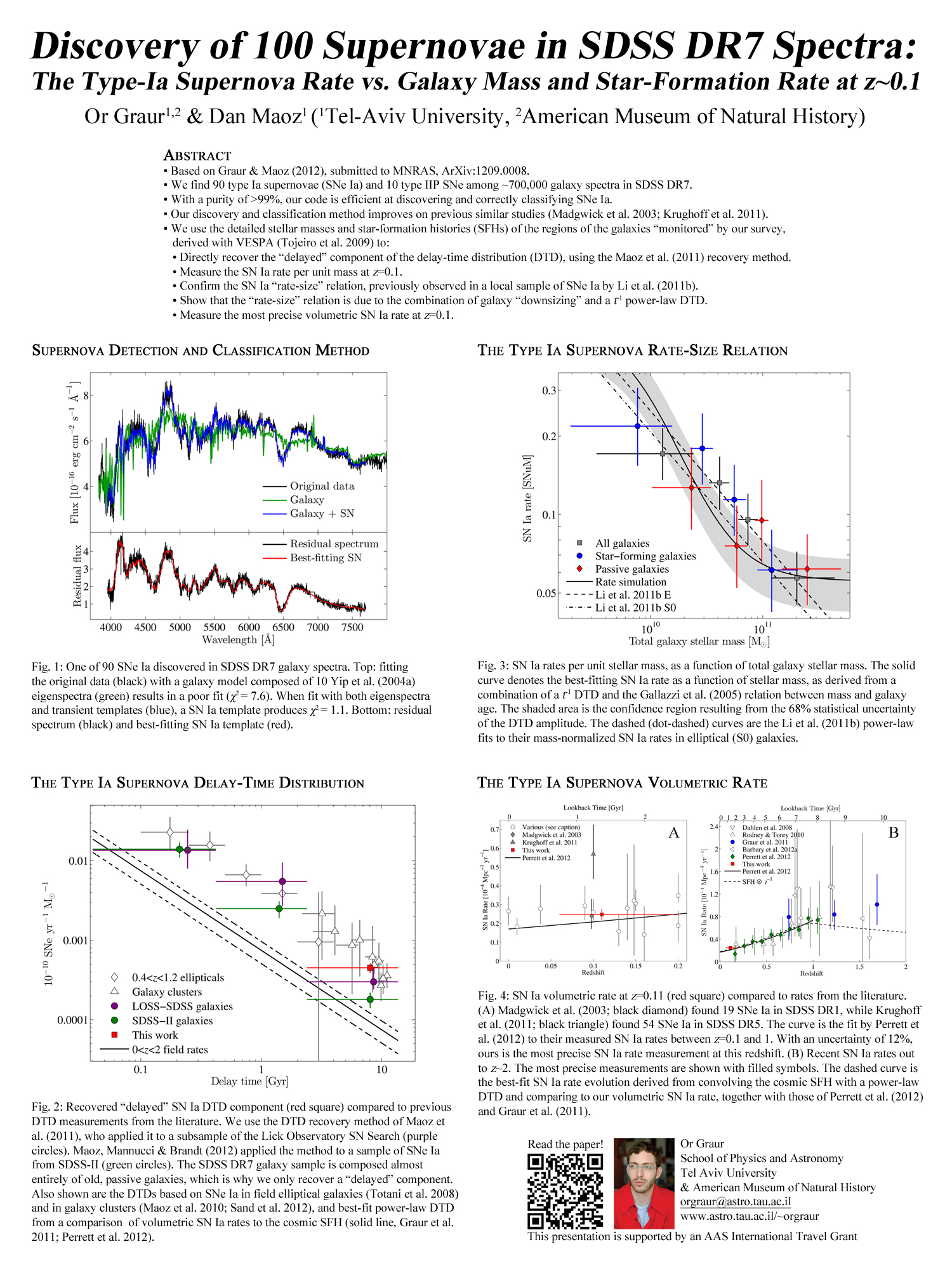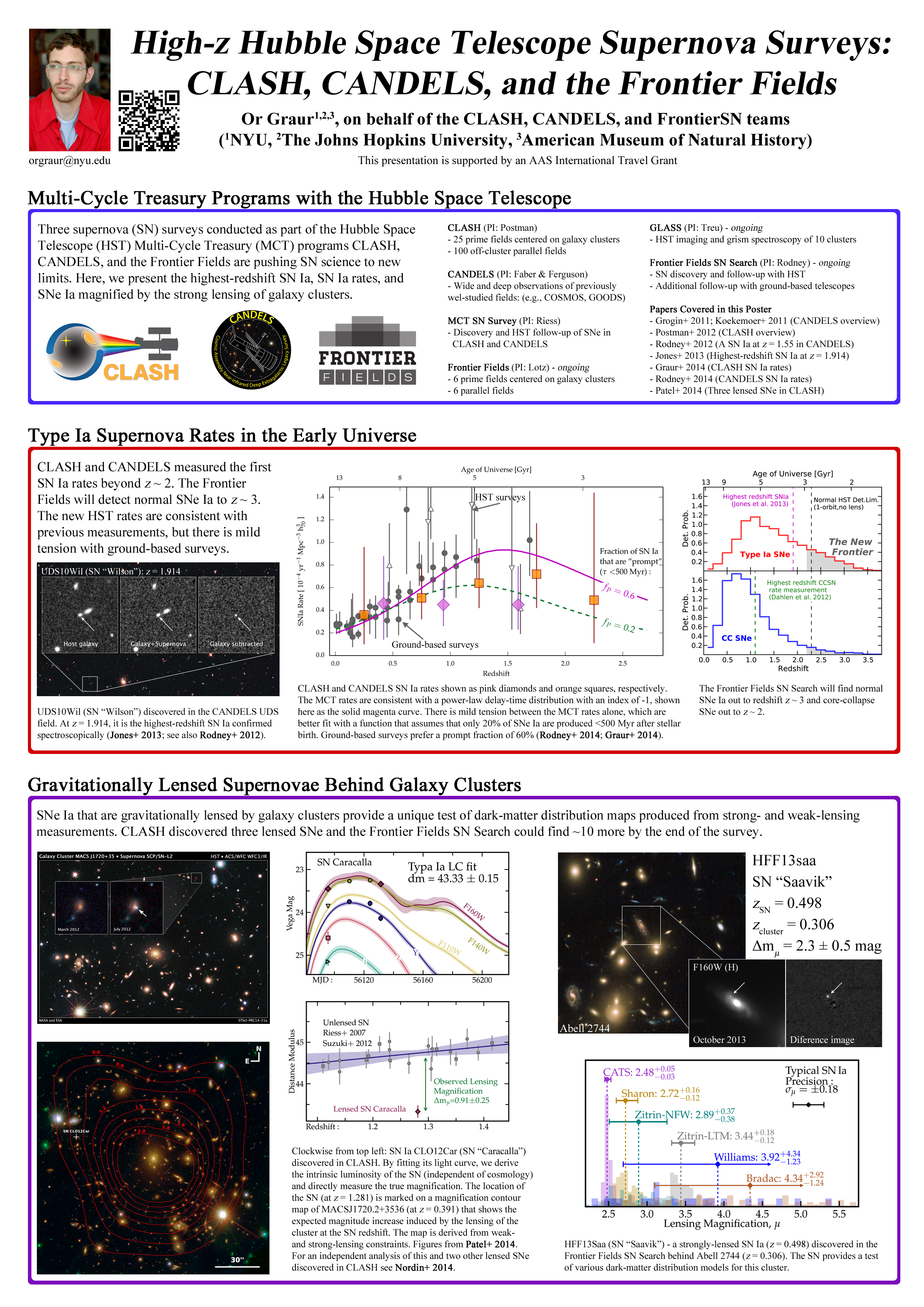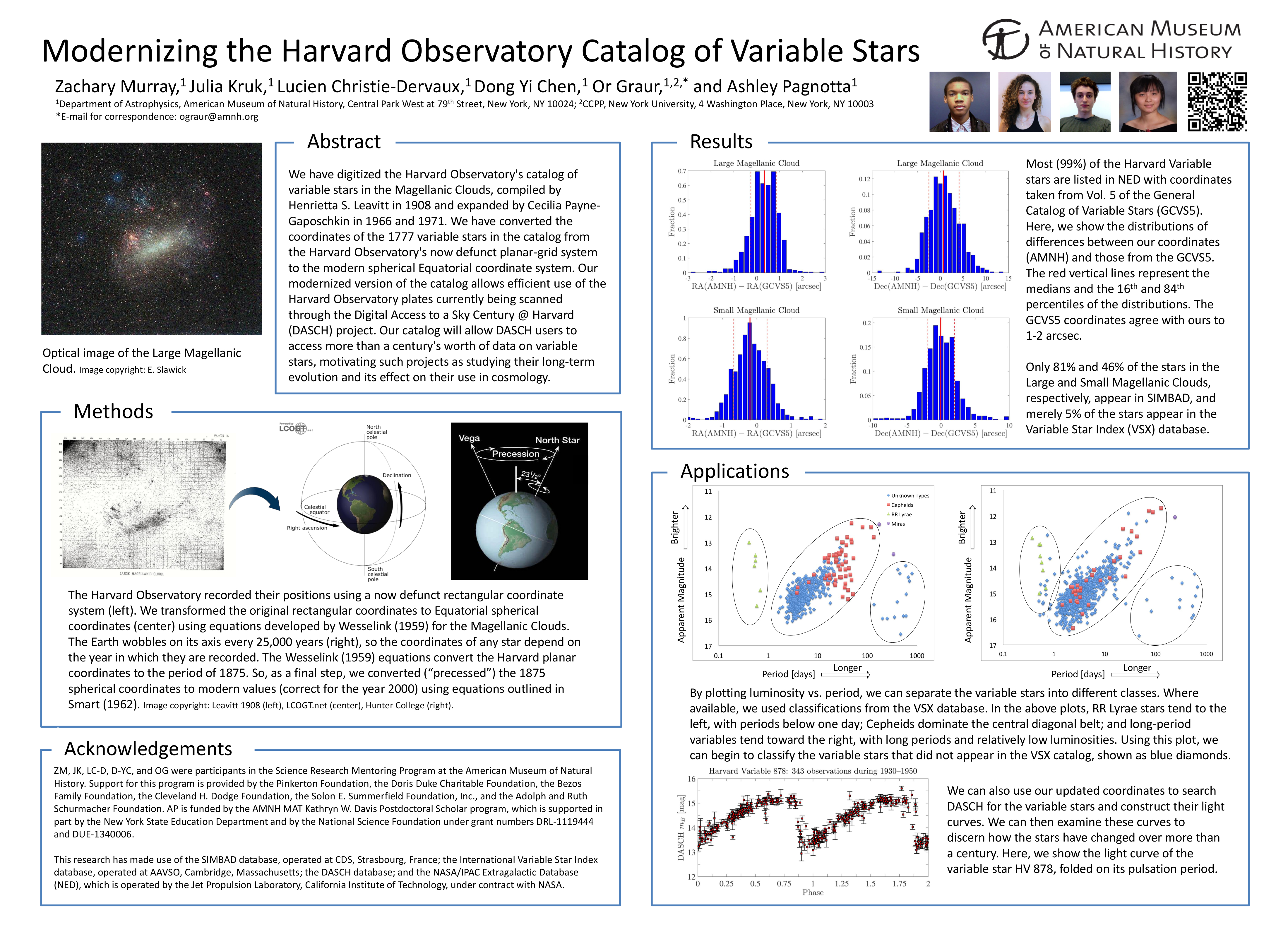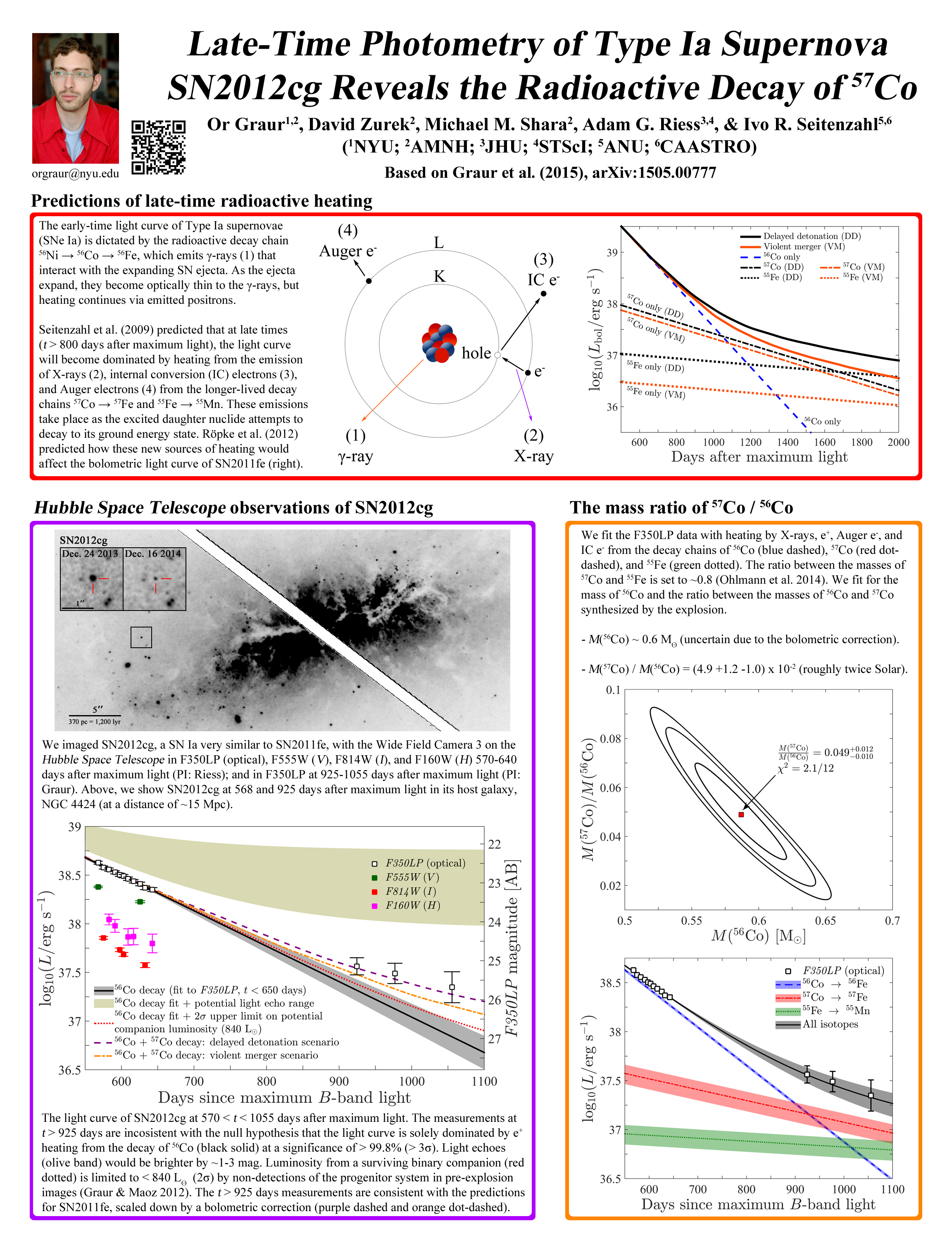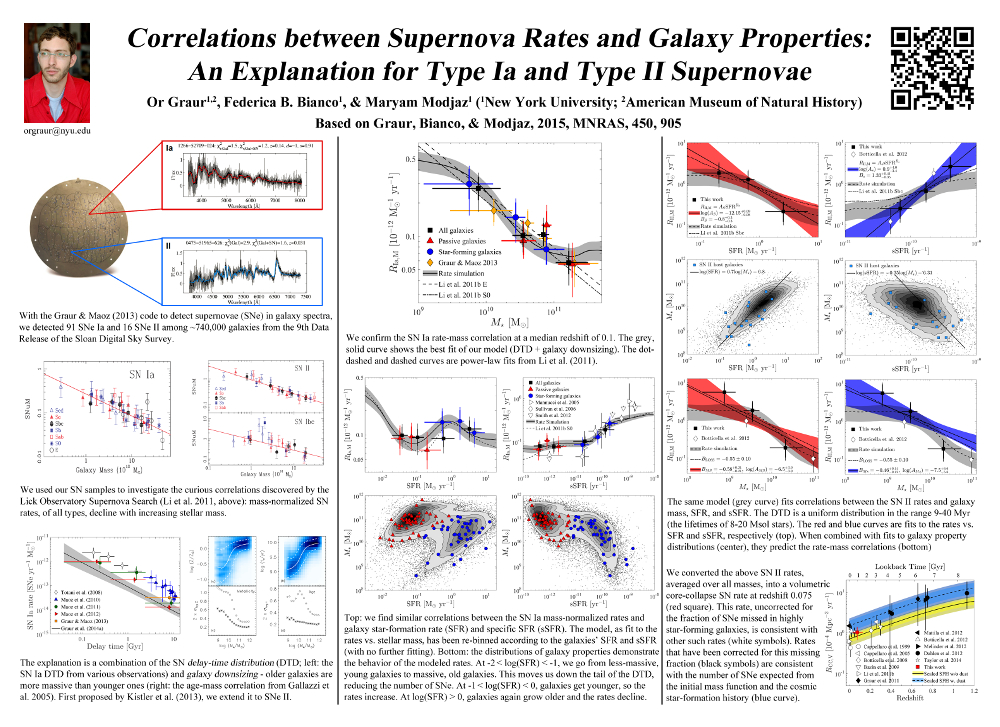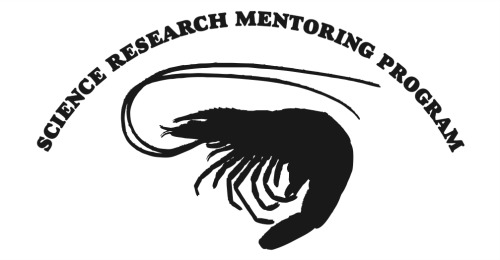
| About | CV | Projects | Posters | Outreach |
|
I am a an assistant research scientist at the Center for Cosmology and Particle Physics at New York University, where I am part of Prof. Maryam Modjaz's SNYU group. I am also a research associate at the American Museum of Natural History in New York.
I am interested in figuring out which stars explode as different types of supernovae by using observations of the supernovae and the galaxies in which they explode. In my PhD thesis, completed in 2013 under the supervision of Profs. Dan Maoz (TAU) and Michael Shara (AMNH), I measured the rates at which thermonuclear, or Type Ia, supernovae exploded in three surveys that used both imaging and spectroscopy. In 2012, my thesis was one of 12 animated by Jorge Cham of PhD Comics: On 5 February 2016, I was interviewed about my research by Fraser Cain on Universe Today's Weekly Space Hangout: Besides research, I take part in public outreach. I am a AAS Astronomy Ambassador and a mentor in the Science Research Mentoring Program at the American Museum of Natural History. In my free time, I write fiction, in Hebrew and English, and read as much as I can. I am also interested in the history, politics, and culture of ancient Rome, political science, and experiencing the world by living somewhere else every once in a while. |
Curriculum Vitae |
ProjectsCurrent Highlight: In Graur et al. (2016), we observed the Type Ia supernova SN 2012cg more than 1000 days after it exploded. Instead of a sharp drop in its light, as predicted by the "infrared catastrophe," we saw the light gradually wane, consistent with predictions that at these late times, the light of the supernova would be dominated by the radioactive decay of 57Co. Surprisingly, we needed a mass ratio of 57Co/56Co twice as high as that in our Sun - higher than the ratio assumed by most explosion models. Discovering Supernovae in Galaxy Spectra
Measuring Supernova Rates in Volumetric Supernova Surveys
Experiments With Individual Supernovae
Statistics and Data Analysis
PostersClick on any of the posters for the full-resolution version.
Course SummariesFeel free to download the following summaries from my B.Sc. in Physics, but be advised that they are all in Hebrew.1st year | 2nd year | 3rd year Education and OutreachThe Science Research Mentoring Program
American Museum of Natural History Science Bulletins I am the science advisor for the astronomy Science Bulletins produced by the American Museum of Natural History, in which we report on current research in astrophysics.  During my graduate studies at Tel Aviv University, I was one of the organizers of the Tel Aviv University AstroClub, an outreach unit led by graduate students that organized physics and astronomy talks and events for the general public. Webpage designed with the kind help of Keren Sharon. |
